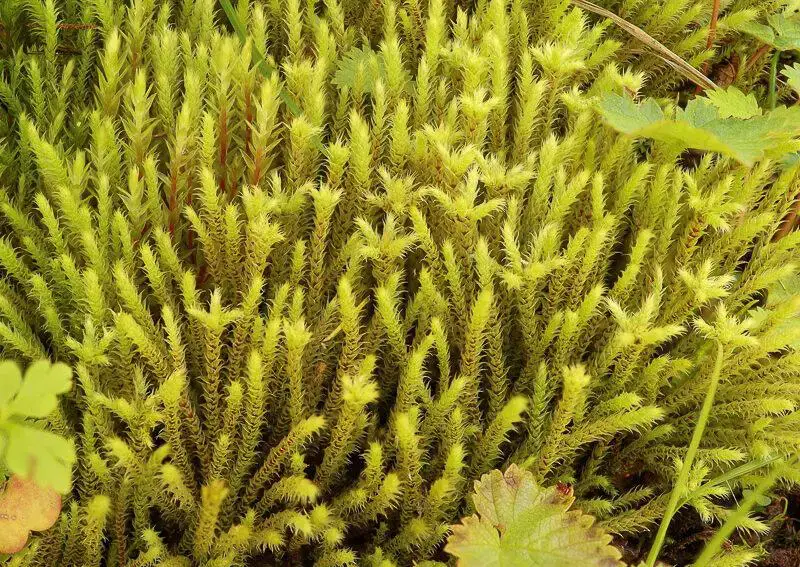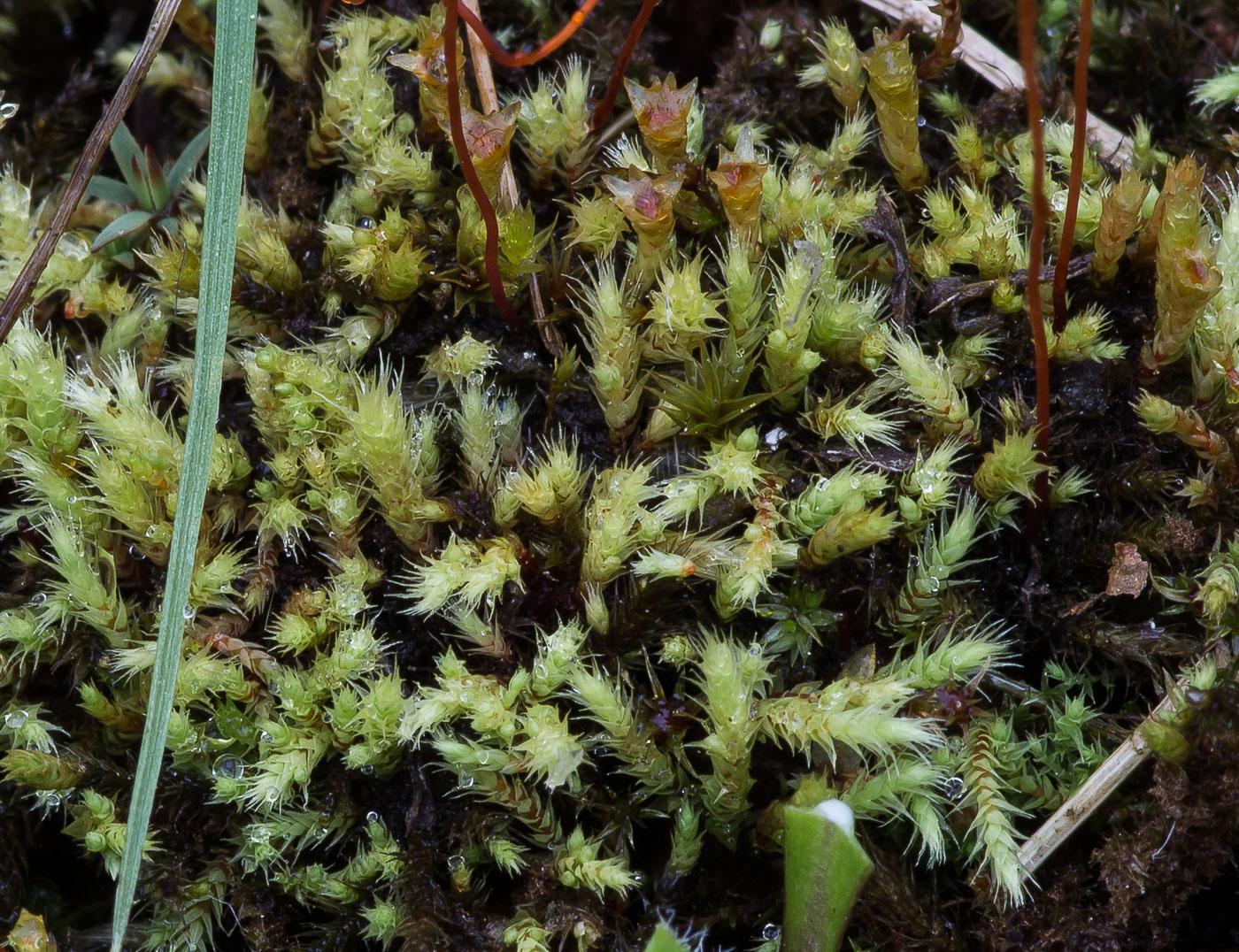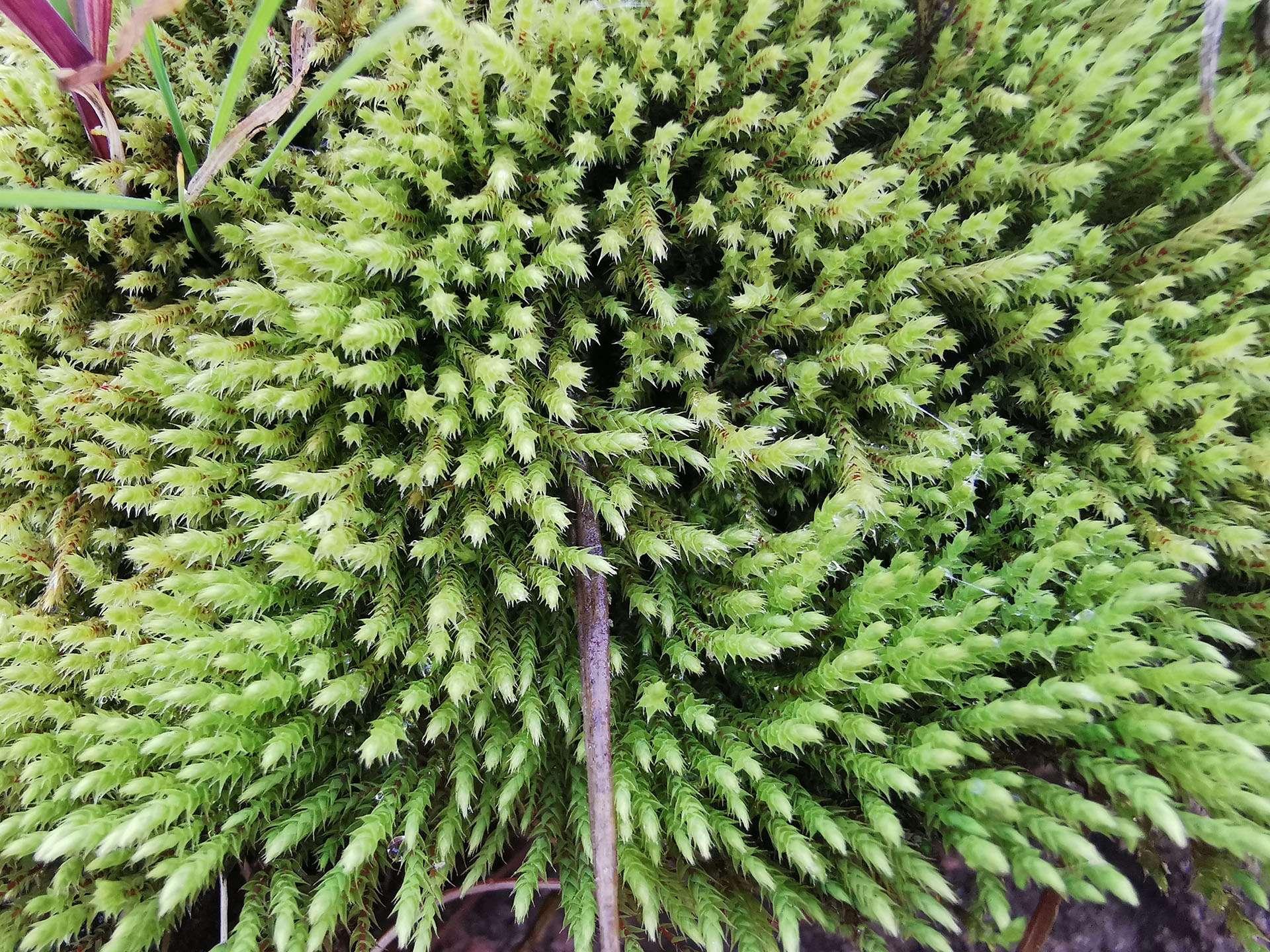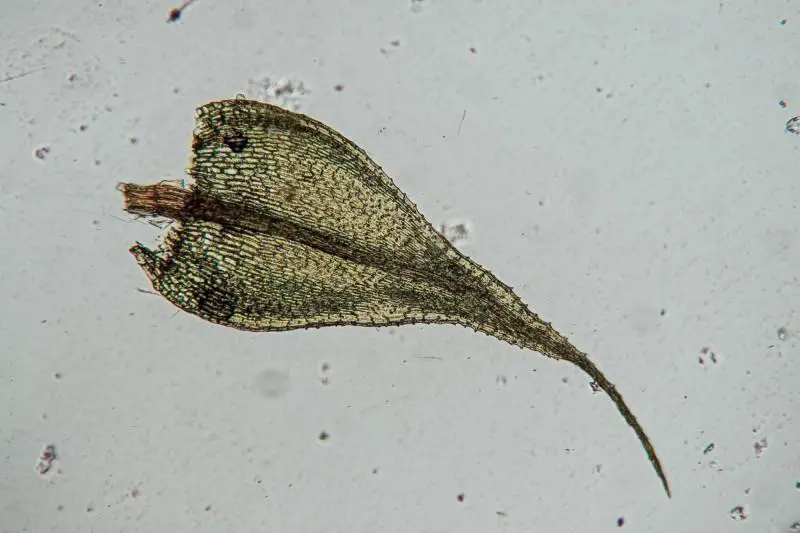
2020-06-01-14-54-47-800×567.jpg from: https://www.britishbryologicalsociety.org.uk/learning/species-finder/philonotis-fontana/
Philonotis fontana var. adpressa: The Fascinating Fountain Apple-moss

594604_50edf23e.jpg from: https://www.plantarium.ru/page/image/id/594604.html
Introduction

e5192625a7_50198566_fs-philonotis-fontana-source-bretagne.jpg from: https://www.futura-sciences.com/planete/photos/botanique-spectaculaires-mousses-pourrait-on-y-deceler-secret-immortalite-2260/botanique-philonotis-fontana-vivant-source-bretagne-17020/
When it comes to the world of mosses, Philonotis fontana var. adpressa is a true gem. This tiny but mighty moss, also known simply as Philonotis, belongs to the Bartramiaceae family. Despite its small size, it plays important ecological roles and has some remarkable adaptations. Let’s dive in and learn more about this fascinating bryophyte!
Background
Philonotis fontana var. adpressa is a type of moss, which are non-vascular plants in the division Bryophyta. Mosses are found all over the world in a variety of habitats. They lack true roots, stems, and leaves, instead having structures that serve similar functions. Mosses reproduce via spores rather than seeds.
Morphology and Identification
P. fontana var. adpressa forms dense mats or tufts. The individual plants are small, only 2-8 cm tall. Leaves are lanceolate and have toothed margins. Leaf cells are rectangular. The seta (stalk bearing the capsule) is 1-4 cm long and the

Philonotis-fontana-3-800×533.jpg from: https://ohiomosslichen.org/moss-philonotis-fontana/
spherical capsules are held at an angle. Spores are released from the capsule to reproduce.
Key identification features:
- Dense mats or tufts
- Lanceolate leaves with toothed margins
- Rectangular leaf cells
- Spherical capsules held at an angle
Global Distribution and Habitat
Philonotis fontana var. adpressa has a widespread global distribution. It is found across North America, Europe, Asia, Africa, and Australia/New Zealand. This moss grows in wet habitats like seeps, springs, streambanks and wet rock faces. It prefers basic to slightly acidic substrates.
Ecological Roles and Adaptations
As a bryophyte, P. fontana var. adpressa plays several important roles in its ecosystems:
- Helps retain moisture and prevent erosion
- Provides shelter and habitat for micro-organisms
- Pioneer species that establishes in disturbed areas
- Sensitive to air and water pollution, so acts as a bioindicator
This moss has adaptations like:
- Absorbing water and nutrients over its entire surface
- Withstanding periods of desiccation
- Reproducing and dispersing via lightweight spores
Conclusion
Philonotis fontana var. adpressa may be small, but it is a ecologically valuable and highly successful moss. Its widespread distribution and important roles make it a bryophyte worth appreciating. Next time you’re in a wet habitat, see if you can spot some Philonotis and marvel at this tiny but tough plant! What other amazing bryophytes have you encountered?